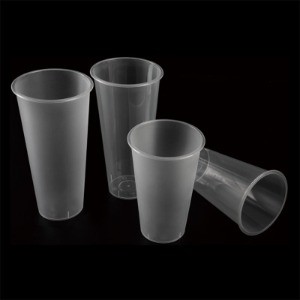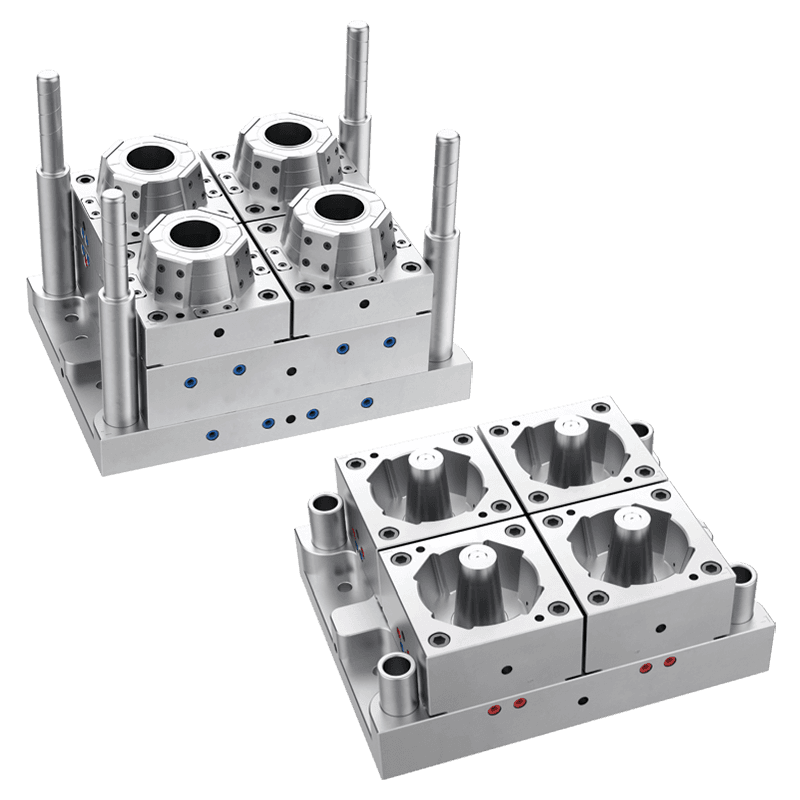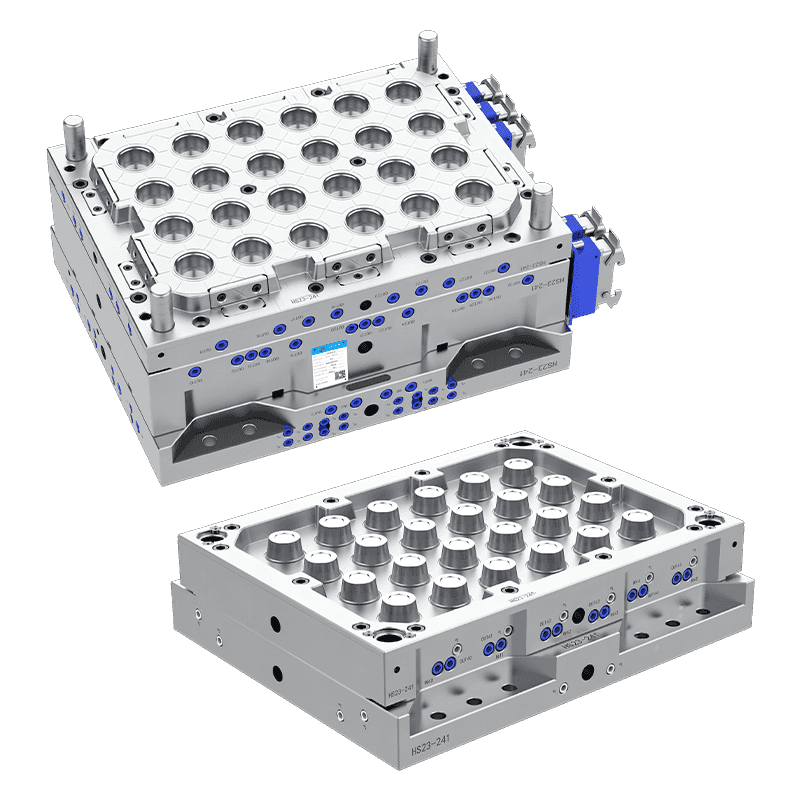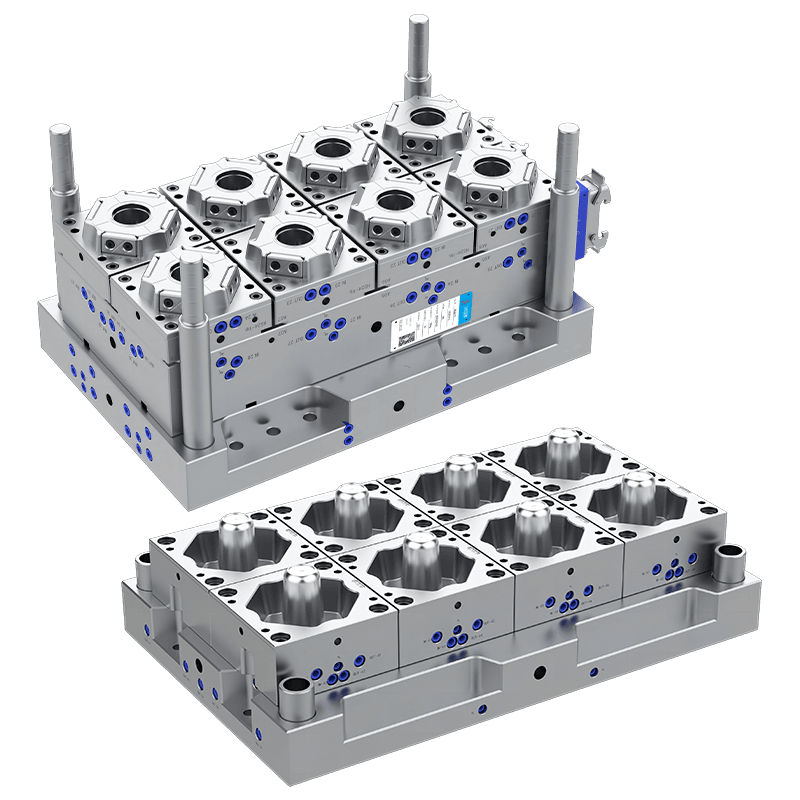Size Information of Mould for Plastic Cup: A Practical Guide
Plastic cups are widely used in daily life, from beverages in fast food outlets to industrial packaging. The production of these cups relies heavily on the quality and design of the Plastic cups moulds used during manufacturing. Among the critical factors in mould design, size specifications play a pivotal role. Understanding the size information of moulds for plastic cups helps manufacturers achieve consistent product quality, optimize production efficiency, and reduce costs.

The mould size directly influences the shape, capacity, and uniformity of the plastic cups produced. An accurately sized mould ensures that the final product meets design specifications, fits customer requirements, and performs reliably during use.
Incorrect mould sizing can defects such as uneven wall thickness, warping, or incomplete filling, which affect the cup's appearance and strength. Therefore, detailed attention to mould dimensions is essential in all phases of plastic cup manufacturing.
The mould size is primarily based on the intended dimensions of the plastic cup. These include:
Diameter: Both the top opening diameter and the base diameter of the cup must be defined. Typically, plastic cups have a larger top diameter and a smaller base diameter to facilitate stacking. Common top diameters range from 60 mm to 110 mm, depending on cup capacity.
Height: The cup height affects volume and stacking ability. Heights vary widely, from 80 mm for small cups to over 150 mm for larger sizes.
Wall Thickness: Uniform wall thickness is crucial for strength and material usage efficiency. Typical thickness ranges from 0.15 mm to 0.35 mm, depending on the cup type and material.
These dimensions serve as the baseline for mould cavity design.
The mould cavity refers to the hollow space within the mould that shapes the cup. It must correspond exactly to the cup's final dimensions, including allowances for material shrinkage.
Shrinkage Allowance: Plastics typically shrink as they cool and solidify. Moulds are designed slightly larger than the finished cup to compensate. Shrinkage rates vary by plastic type (e.g., polypropylene, polystyrene), usually between 0.5% and 2%.
Draft Angle: To facilitate easy ejection of the cup from the mould, cavities include draft angles—small tapers on vertical surfaces. Draft angles typically range from 1° to 3°, influencing the cavity dimensions slightly.
Accurate cavity sizing ensures dimensional accuracy and ease of production.
Moulds can have single or multiple cavities, which impacts the overall mould size.
Single-Cavity Moulds: Produce one cup per injection cycle. These moulds are simpler and smaller, suitable for low-volume production or prototyping.
Multi-Cavity Moulds: Contain multiple cavities, producing several cups per cycle. Multi-cavity designs increase output but require larger mould bases and more complex cooling systems.
The number of cavities influences the mould's footprint and cycle time.
The mould base supports the cavities and ensures proper alignment during injection. Its size depends on:
Cavity Arrangement: The spacing between cavities must allow for structural strength and cooling channel placement.
Injection Machine Compatibility: Mould bases must fit the platen size of the injection molding machine. Common base sizes range from 300 mm × 300 mm for small moulds to over 800 mm × 800 mm for multi-cavity designs.
Proper base sizing facilitates smooth operation and reduces wear on machinery.
Efficient cooling is critical for mould performance and cycle time. Cooling channels are incorporated within the mould plates and must be sized to:
Provide Uniform Cooling: Channels should be close enough to the cavity walls to dissipate heat evenly without causing warping.
Allow Adequate Flow: Diameter typically ranges from 8 mm to 16 mm, depending on mould size and complexity.
Fit Within Mould Dimensions: Channel layout must avoid interference with structural components and ejector systems.
Cooling design affects mould size indirectly but is essential for quality and productivity.
Contact Us
Email: [email protected]; Or fill out the contact form below.

 English
English 中文简体
中文简体 русский
русский Español
Español Français
Français




